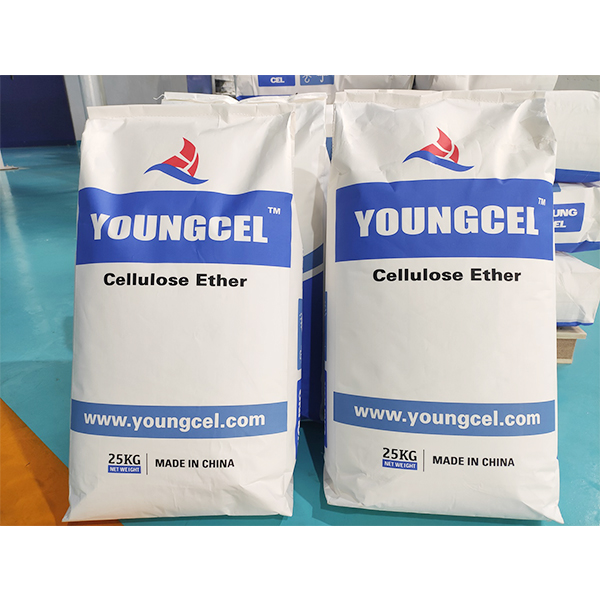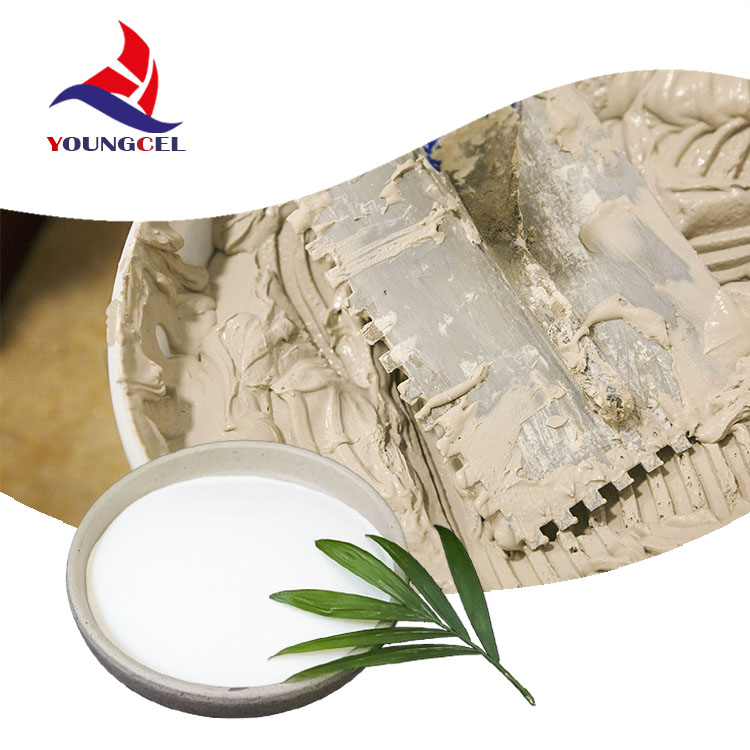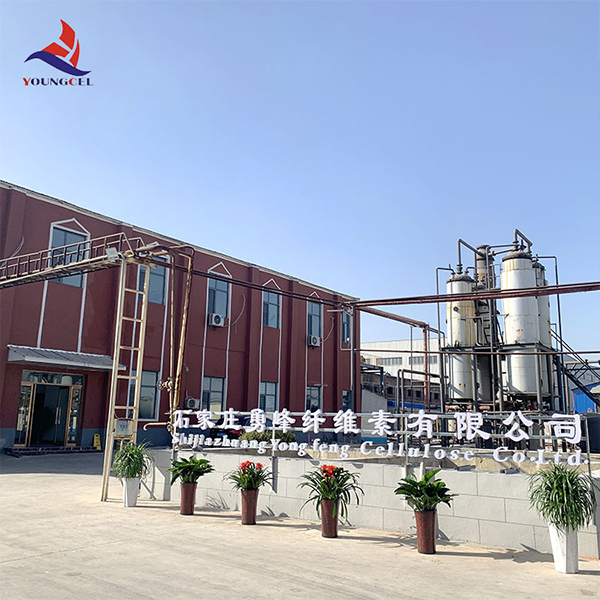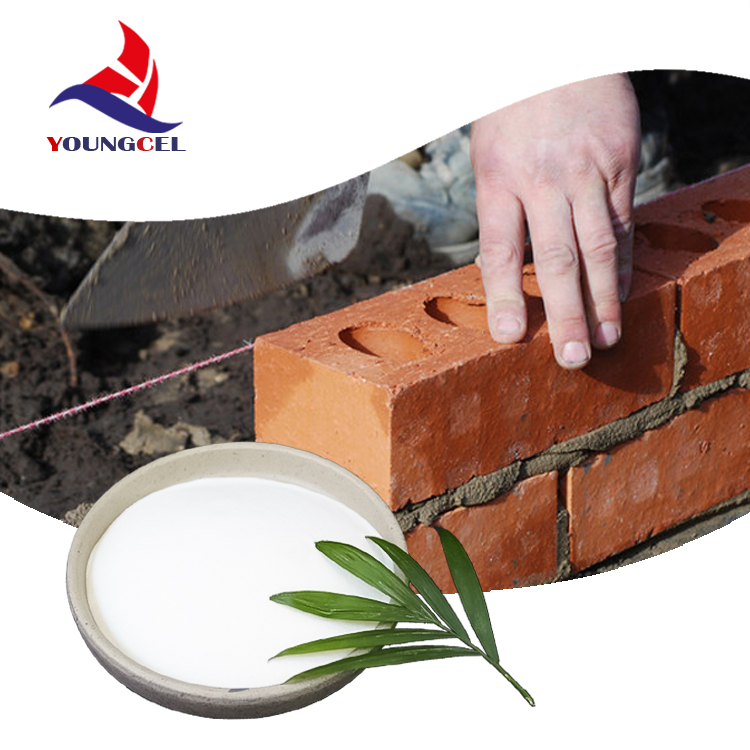What builders are really asking about HPMC (and what the lab keeps confirming)
If you’re tuning modern mortars, tile adhesives, or skim coats, Chemical Additive Cellulose HPMC for Construction is probably already on your shortlist. To be honest, it’s one of those quiet additives that decides whether a job feels easy or finicky on-site.

Quick context and why it’s trending
Demand for HPMC keeps rising as cementitious systems get leaner and greener. Less cement, more fillers, and stricter VOC rules mean binders need smarter rheology control. Contractors tell me they want better open time and sag resistance without sticky trowel feel. That’s exactly where Chemical Additive Cellulose HPMC for Construction earns its keep—water retention, slip control, and a smoother spread, even on hot, dry days.
Product snapshot (lab-facing, site-friendly)
| Classification | Chemical Auxiliary Agent (HPMC) |
| Other Names | Methyl hydroxypropyl cellulose |
| Appearance | Free-flowing powder |
| Purity | ≥99% (dry basis) |
| Viscosity portfolio (2% sol., 20°C) | ≈50,000–200,000 mPa·s (real-world use may vary) |
| Moisture / Ash | ≤5% / ≤1.5% |
| pH (1% sol.) | 6.5–8.5 |
| Recommended dosage | 0.2–0.6% on dry mix |
| Shelf life | 24 months (cool, dry storage) |

Where it’s used (and what crews notice)
- Tile adhesives and large-format mortars: better slip resistance, extended open time.
- Skim coat/putty: creamy spread, fewer pinholes.
- Gypsum plaster: crack control through high water retention.
- Self-leveling underlayment: controlled viscosity without excessive air.
- EIFS basecoat and cement renders: improved cohesion and workability.
Field feedback: “trowel feel is clean”; “less sag on verticals”; “keeps water in the mix in hot weather.” Honestly, that tracks with what the data says.

Process flow and testing (how it’s made, how it’s proven)
Chemical Additive Cellulose HPMC for Construction starts with refined cellulose, then alkalization, etherification (methyl + hydroxypropyl), neutralization, thorough washing, controlled drying, milling, and fine sieving. Each lot is QC’d for viscosity (Brookfield), moisture, substitution uniformity, and particle distribution.
Key tests and targets:
- Water retention: ≥95% per EN 1015-7.
- Flow/consistency: ASTM C1437 guidance on mortar spread.
- Open time extension: +10–25 min (tile adhesive baseline, lab; site may vary).
- Sag/slip: vertical tile ≤0.5 mm with right formulation.

Vendor landscape (short, practical take)
| Vendor | Origin | Viscosity range | Certs | Notes |
|---|---|---|---|---|
| Youngcel | No.1 Shifu East Rd., Gaocheng, Shijiazhuang, Hebei, CN | ≈50k–200k mPa·s | ISO 9001; REACH-ready | Balanced cost-to-performance; flexible customization |
| Global A (premium) | EU/US | Broad incl. specialty grades | ISO 9001/14001 | Top batch consistency; higher price tier |
| Global B | JP/KR | Mid–high | ISO; RoHS | Strong in gypsum systems |
Customization knobs that matter
- Viscosity grade to hit trowel feel targets.
- Particle size for dry-blend compatibility and dusting.
- Substitution pattern to tweak water retention vs. workability.
- Surface treatment (if required) for delayed hydration.

Mini case notes
Tile adhesive, hot climate: Switching to a higher-vis Youngcel grade bumped open time by ~18 minutes and cut slip to near-zero on 300×600 mm porcelain. Crew said, “less rework.”
Skim coat line, factory retrofit: Finer milling reduced dust, stabilized viscosity (±5%) over three months—QA signed off after ASTM C1437 checks.

Compliance, safety, and docs
Chemical Additive Cellulose HPMC for Construction is non-ionic, low-VOC, and typically REACH-compliant; SDS and COA available. Common audits: ISO 9001 QMS; performance verified via EN 1015-7 (water retention) and ASTM C1437 (flow). Always test in your own formulation—lab numbers are a compass, not a guarantee.
Final take
HPMC won’t make a bad formula good, but the right grade can make a good formula feel great. And on a busy jobsite, that’s the difference everyone remembers.
-
Hydroxyethyl Methyl Cellulose HEMC: Industrial Uses, Benefits & Future TrendsNewsNov.23,2025
-
HEMC Cellulose: Versatile & Sustainable Industrial Polymer | YoungcelNewsNov.23,2025
-
Methyl Hydroxyethyl Cellulose: Versatile Building Block for Industry & SustainabilityNewsNov.23,2025
-
CAS 9032 42 2: Understanding Polyvinyl Alcohol's Impact on Industry & SustainabilityNewsNov.22,2025
-
Hydroxyethyl Methyl Cellulose: Versatile Solutions for Modern Industry and SustainabilityNewsNov.22,2025
-
Your Guide to PVA Manufacturer: Quality, Applications & Future TrendsNewsNov.21,2025




